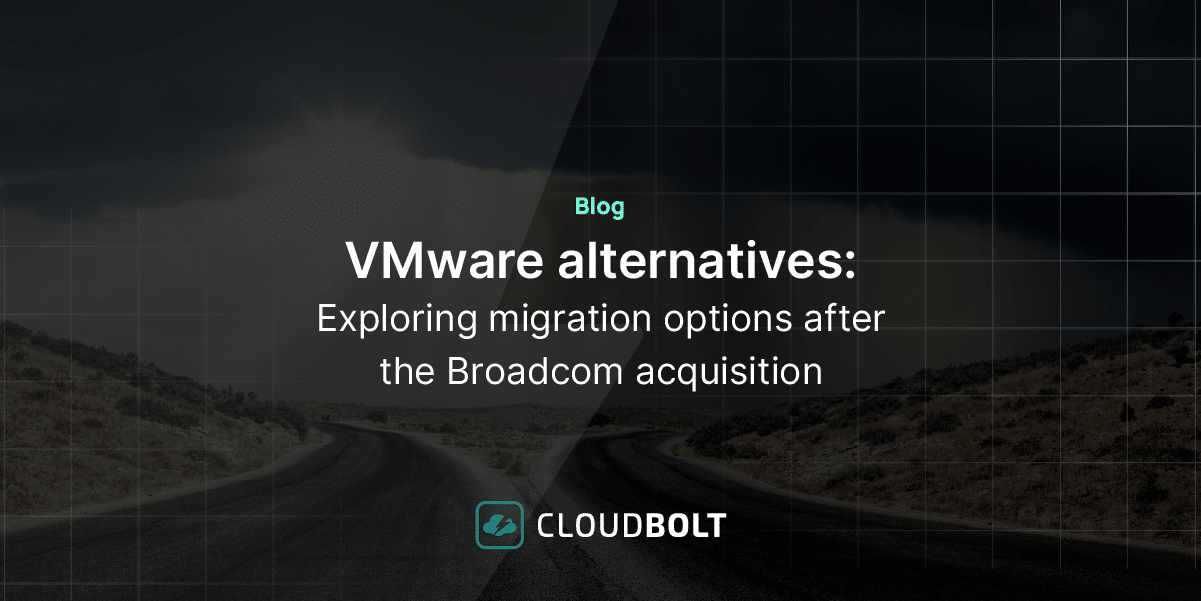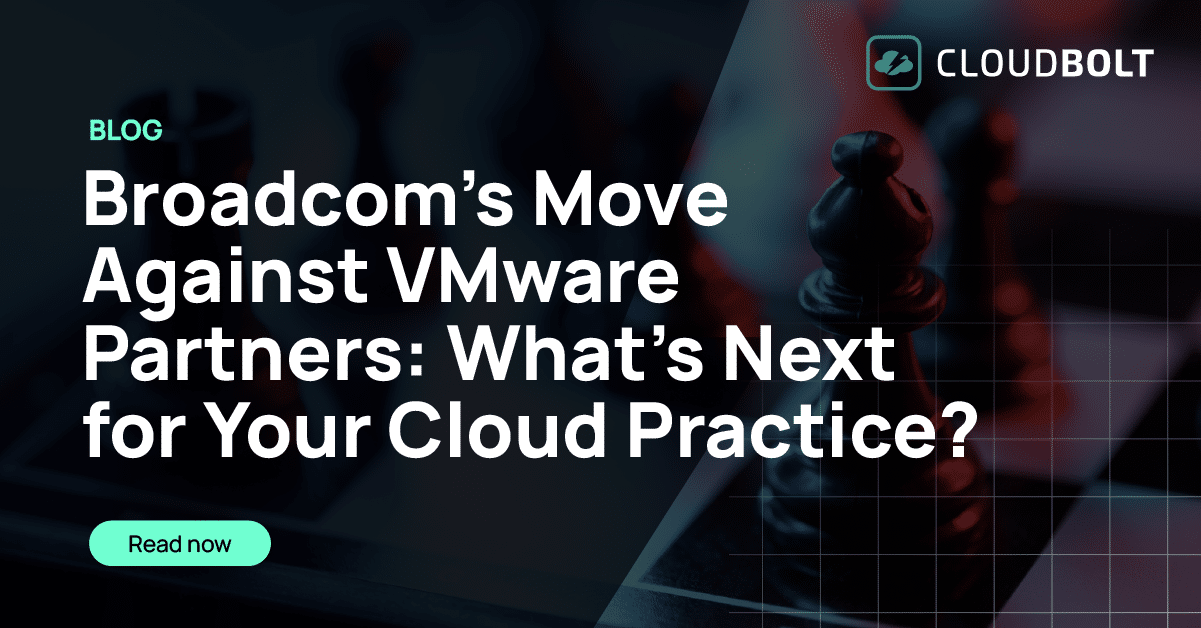
Slow cars can annoy many of us—you see one chugging along in the fast lane and you have to slow down or pass them at your own inconvenience. Alternately, you might be the slow one angering those behind you. Whatever the reason, it’s inconvenient.
The same is true in IT – sometimes you have to go slower than expected because of a lack of resources and other times it takes longer than expected to get the resources you need. Whether it’s you or others around you slowing down work, it can be just as frustrating as a slow-paced vehicle. Productivity is stifled while you and others are essentially driving slow cars in what should be a fast race.
Problematic IT Provisioning
There are many factors that can slow down any IT environment, but here’s a short list of some potentially problematic conditions:
- Requesting and provisioning resources requires multiple steps – the process can include a back and forth between a ticketing system and IT operations staff and/or other departments.
- There’s no consistency in provisioned IT resources – each time IT resources are requested, they are provided and provisioned as a custom order rather than from a set of standard offerings that are easier to deliver consistently.
- Getting resources requires special training or technical advice – as new technologies emerge, understanding how to use them requires training or the expertise of others within the organization.
The desire to innovate gets impacted because of the potential ordeal in getting resources efficiently, leading to delays in whatever work is facilitated by the IT resources.
When some users don’t get the resources they want in time, they take risks to get the IT resources they need on-demand from public cloud providers – just one credit card swipe away.
If a well-meaning initiative provides digital innovation without the help of central IT, the hope is that leadership won’t mind.
What’s at risk?
Having all of these disjointed and slow resources for end users within an enterprise will eventually catch up with central IT. Both budget and efficiency will be challenged all the way up to the top. In the meantime, when users get resources they might not have the compute power they wanted, and the turnaround time to fix the issue might make everything even worse.
What happens if the person in charge of the technical aspects of garnering resources moves on to another company? Nothing good.
Self-Service, Centralized by IT
In a previous blog, Balancing Risk and Reward, we discussed a continuum of self-service IT that most enterprises have, ranging from service tickets to a fully managed hybrid cloud platform like CloudBolt.
Many IT leaders are now looking to centralized platforms of self-service provisioning that empower users with easy-to-get IT resources without a lot of back and forth among departments. This makes the central IT department staff the heroes they have always wanted to be.
A centralized platform can help alleviate some of the slow-car scenarios with the following outcomes:
- Improved end-user productivity by providing a self-service IT portal instead of requesting and waiting for resources
- Controlled user access to IT resources that are managed on the backend by IT administrators
- Eliminated need for specialized training and/or technology expertise for end users
- Facilitated innovation with readily available resources for development and testing
An enterprise hybrid cloud platform with pre-built connections to the most common on-premises, private, and public cloud providers, as well as extensibility to any resources, can help.
For more information about avoiding slow-car scenarios in your enterprise IT environment, check out our solutions overview
Related Blogs

Top 3 cloud financial management challenges
Introduction As cloud costs continue to rise, comprising an ever-larger share of IT budgets, there is increasing executive scrutiny on…

